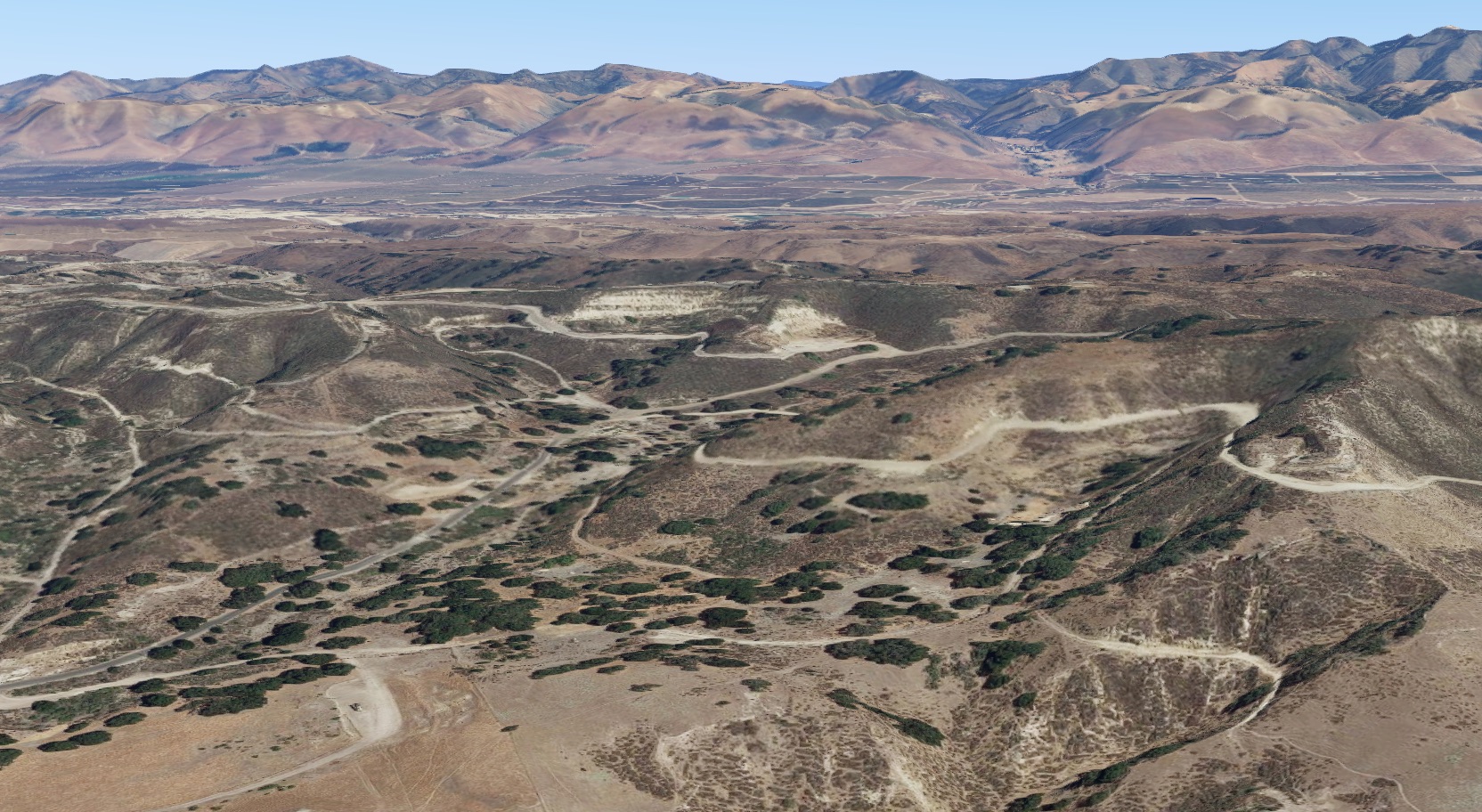Aera Energy Announces Skinnier Oil Project for Cat Canyon
Reduces Number of Wells but Expects Nearly Same Level of Production

Aera Energy spokesperson Rick Rust announced plans to reduce the number of wells proposed for the company’s Cat Canyon project from 296 to 185 ― a total reduction of 111.
Even with the changes, Rust said, the company expects to be able to achieve almost the same level of production as initially proposed. The project’s draft environmental impact report estimated the company’s maximum production at the site at 10,000 barrels a day.
“We listen, we listen, we listen,” said Rust. “And we make changes accordingly.” Whether that will be enough to allay intense environmental opposition, however, remains to be seen.
Aera Energy was one of three companies with big plans for Cat Canyon; all three would generate about 700,000 metric tons of greenhouse gases per year. Rust said it’s too soon to say with any specificity how much the reduction in wells will affect greenhouse-gas emissions, but he suggested it would be roughly proportional to the drop in well numbers. The exact details, he said, would have to be determined in environmental analysis.
Rust was optimistic that the revised project could get in front of the Planning Commission by January 2020. Initially, it was scheduled for summer 2019 and then for fall 2019, but it was postponed again when it became evident that none of the projects stood a chance of approval before the County Planning Commission.
John Parke, the chair of the Planning Commission, put all the Cat Canyon oil companies on notice that the commission is looking for projects with no net increase in greenhouse gases and an actual reduction in the number of truck trips. (If all projects were approved as initially proposed, they’d generate 12 million miles of truck travel on county roads a year.)
Parke visited a Kern County facility owned by Aera that features solar-powered steam generators. Because the oil in question is so thick and viscous, steam injection is required to get it runny enough to pump out of the ground. Parke said that’s the sort of innovation the commission would be looking for.
Rust said Aera is not proposing a solar component at Cat Canyon because the sprawling infrastructure required would impinge upon wildlife habitat. Parke noted that the solar power could be produced elsewhere and transmitted to Cat Canyon via the grid. Rust acknowledged that Aera — or any company — would be hard pressed to find local offsets for any greenhouse-gas emissions its project produced but added, “When we see a challenge, we’re up to it.” He noted, “People will be really surprised” by what Aera proposes. “We’ll be coming up with something that’s really amazing.”
Environmental critics of the Cat Canyon proposals have yet to see the new plans and reserved comment until they do. One thing is certain: Whichever way the Planning Commission ultimately votes on the Aera proposal — or any of the projects now vying for approval in Cat Canyon — it will be appealed to the Board of Supervisors.
[Update: Oct. 18, 2019] A day after Rust’s announcement, local environmental activists issued a statement re-affirming their opposition to the project. It’s still bigger than a similar onshore oil project rejected by the Board of Supervisors in 2016, they pointed out, adding that the risk to air quality and water quality remain. The proposal, said attorney Tara Messing with the Environmental Defense Center, “changes nothing and does not distract us from the real threats.” If the actual production levels remain the same, she argued in a joint press release with Ken Hough of SBCAN and Katie Davis of the Sierra Club, the essential impacts of the project will not improve; the wells will still drill through the groundwater basin and greenhouse gases will remain a significant issue.



